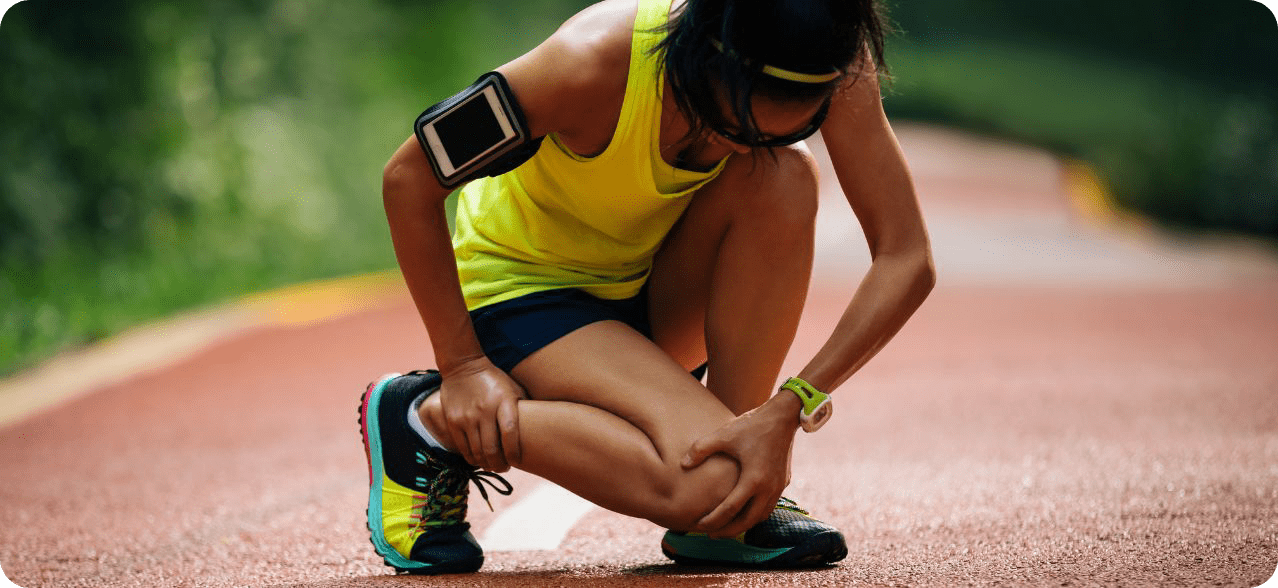Empowering Adolescents to Conquer Physical Challenges
Growing Pains
At Best Physiotherapy, we understand that adolescence can bring its own set of physical challenges. "Growing pains" is a term that encompasses various discomforts experienced during childhood and adolescence, particularly affecting arm and leg muscles. These aches are often concentrated in areas like the calf, front of the thigh, or behind the knees. They tend to intensify in the afternoon or evening, and can occasionally disrupt sleep. Although the exact cause of these pains remains a mystery, the good news is that they don't lead to long-term issues.
In addition to growing pains, active adolescents may encounter other common sources of discomfort.
Apophysitis, a condition characterised by pain at the attachment sites of muscles and tendons, is a frequent diagnosis. Symptoms are closely related to the growth areas where tendons attach to bones. Our physiotherapists can carefully assess these tendon attachments and provide personalised exercise management plans to prevent overuse during sports activities.
Sports-Related Injuries
Sports injuries can be categorized into two main types: traumatic and overuse, known as acute and chronic injuries. Acute injuries, such as a sprained ankle from an awkward landing, occur suddenly and account for up to 60% of all sporting injuries in adolescents, with the ankle being a common site of injury.
Chronic injuries
Result from the repeated overuse of muscle groups or joints, often presenting as cramps, tears, and strains. As adolescents increase their involvement in sports, they face a higher risk of overusing muscles, tendons, and bones. Joint injuries in adolescent children, such as sprains, can potentially impact the growth plates in the joints, which are vital for bone development throughout childhood.
Anterior Cruciate Ligament injuries
In activities involving cutting, landing, and twisting, the anterior cruciate ligament (ACL) inside the knee is particularly vulnerable to injury. Contact and dodging sports have seen a rise in these injuries, especially among girls, with reported rates up to eight times higher than in boys.
Key Measures for Preventing Injury and Re-injury
Preventing injuries or re-injuries in sports demands several essential measures. It is crucial to warm up adequately before physical activities, focusing on cardiovascular fitness, muscular strength, and coordinated skills. Proper nutrition and hydration are equally important. Avoiding fatigue is essential, as tired muscles become less flexible, increasing the risk of strain during rapid movements.
Adequate recovery is of utmost importance, especially for adolescents participating in multiple sports teams, as it reduces the risk of injury. During the growth years, it is recommended that adolescents receive a minimum of eight hours of sleep and maintain a balanced diet to lower the risk of chronic and overuse injuries.
Investing in suitable equipment, such as correctly fitted shoes, breathable sports clothing, mouth guards, and helmets is vital for injury prevention. Additionally, maintaining appropriate supervision and umpiring ensures fair play, and is essential for the safety of participants in organised sports and recreational activities.
At Best Physiotherapy in Footscray, we are here to support adolescents in conquering physical challenges, providing expert care and guidance to help them stay active and injury-free.


